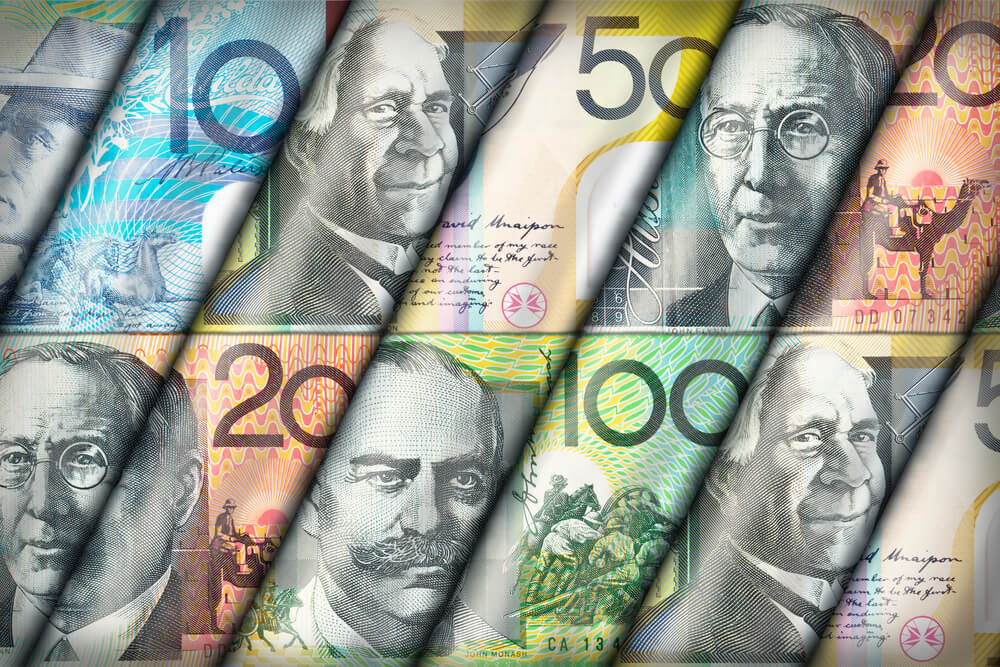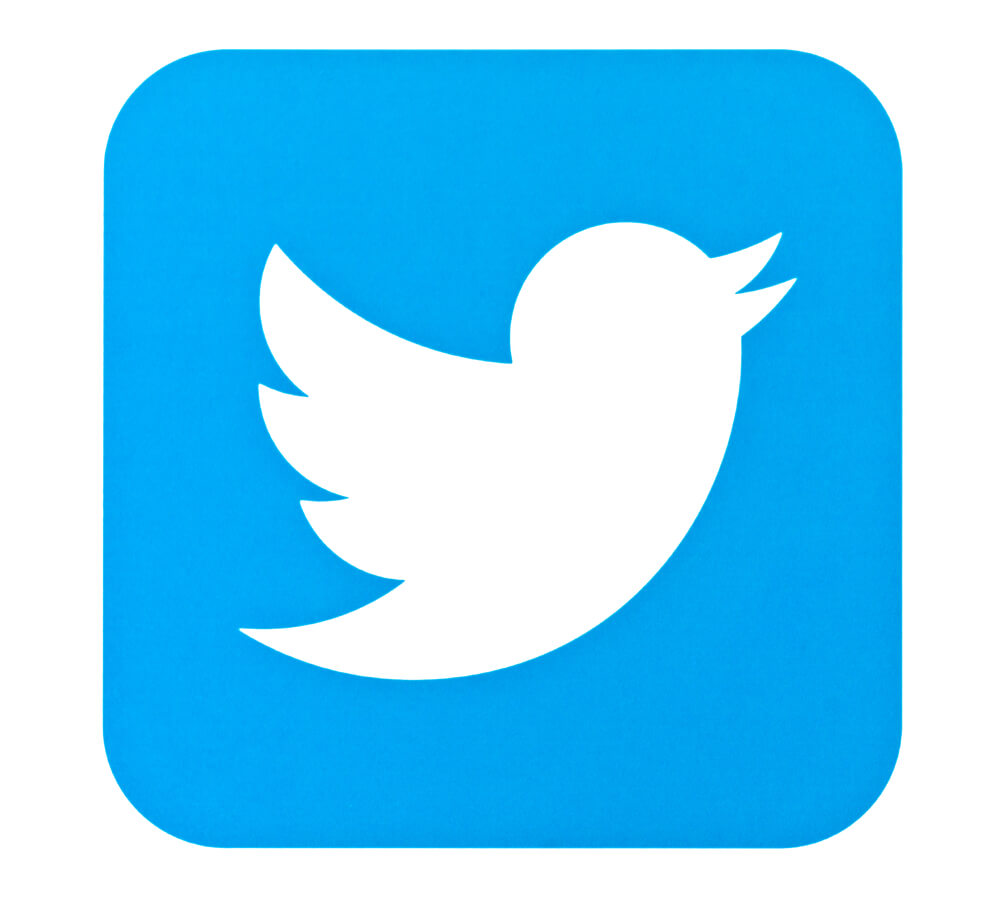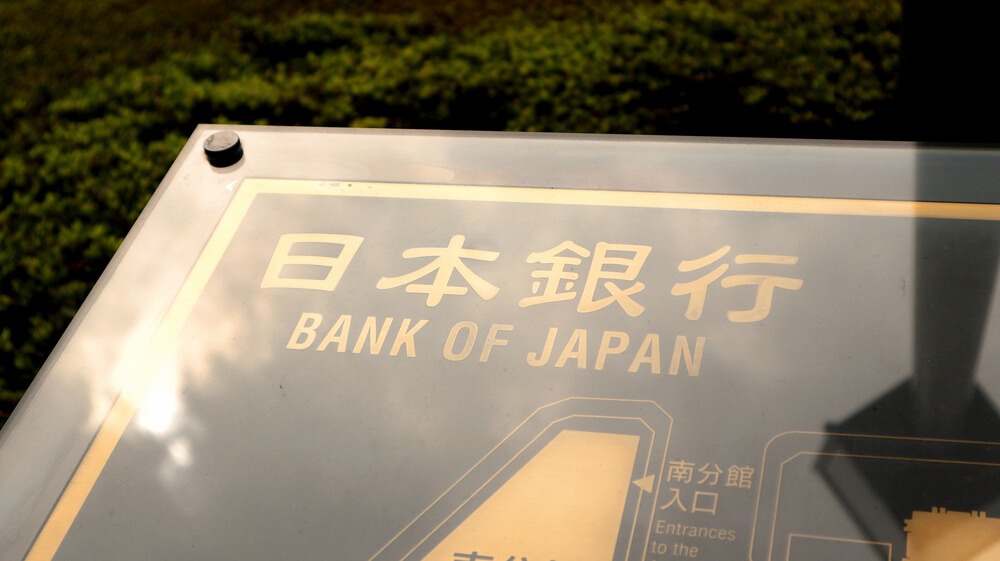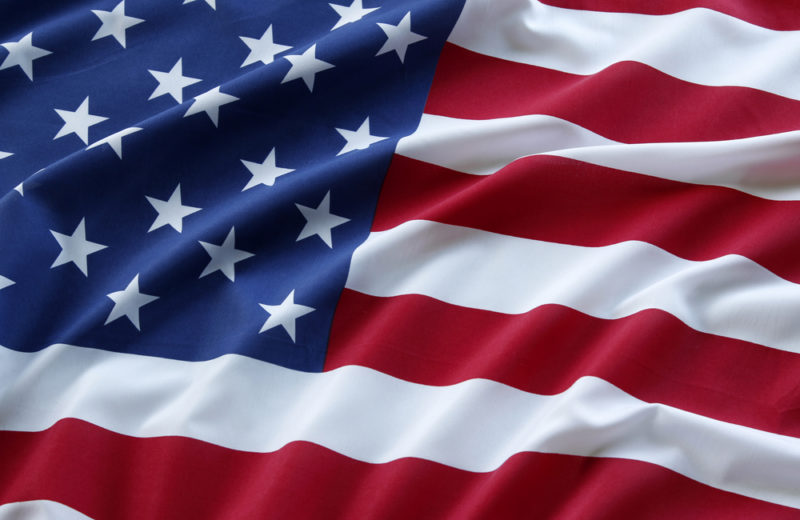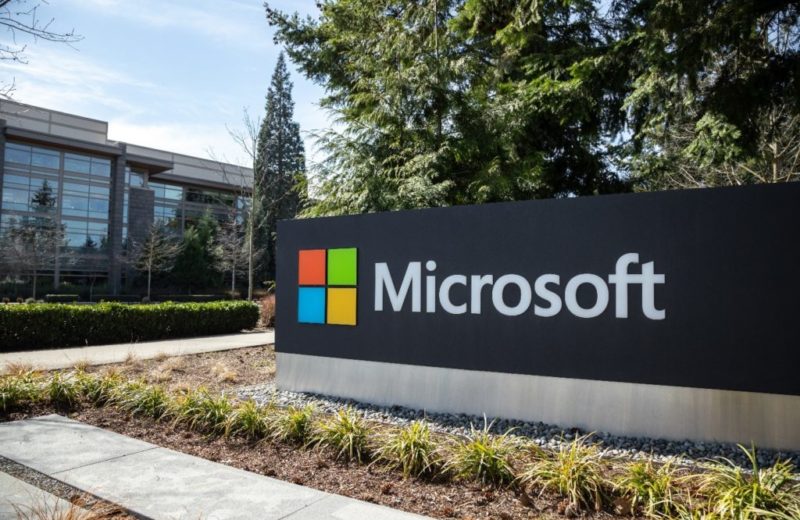The Australian dollar shed some strength on Monday, trading at $0.6910 from $0.6942 on Friday.
Last Friday, the yields on Australian 10-year bonds have reached an all-time low after the Reserve Bank of Australia Governor Philip Lowe said that interest rates would probably stay low for a time.
The Australian dollar has retreated after Lowe said that policy could be eased again if necessary, stressing that the interest rates would be staying low for an “extended” period of time, bolstering bonds.
Lowe’s new outlook on keeping rates low was considered to be a step into forward guidance, while the bond markets took it as dovish development.
Later, Lowe declined to characterize his comments as “forward guidance,” but the market already considered it that way.
Lowe also rejected calls for a pivot in the RBA’s long-term inflation target, which ranges from 2% to 3%. He said that current evidences did not support such change.
Meanwhile, rumors still circulate, remarking that the inflation target could be softened by widening it to 1% to 3%. Such a move would lessen the pressure to cut interest rates.
Even so, Lowe didn’t sound too much in a hurry to ease rates, believing that the two cuts already implemented could be enough to revive growth to decrease unemployment numbers and boost inflation.
Rates are already at 1%, a record low, after the quarter-point cuts implemented in June and this July.
“Those looking for another quick follow-up rate cut should think again. The Reserve Bank Governor now wants to sit back and see how the situation evolves. But clearly additional rate stimulus is possible if required,” said a chief economist at CommSec.
Futures Indicate a Rate Cut
Meanwhile, the futures markets are already believing that the Reserve Bank of Australia will slash the cash rate twice more in the coming 12 months, with the next rate cut coming as soon as next week.
As mentioned, economists believe that a third cut is unlikely, but a disappointing inflation figure on Wednesday could indicate that August will be a “live” meeting.
In other words, if the core inflation data comes in substantially weaker than projected, the RBA would probably cut rates.
The Australian Bureau of Statistics releases its inflation report on Wednesday this week, with the market expecting the consumer price index to print 1.5%, which is lower than the RBA’s forecast of 1.6%.
The futures market, on the other hand, are pricing in only 20% chance for a third cut by the RBA board, but the bank is already expected to cut rates at least once more before 2019 ends.
“If you were to see inflation disappoint materially, each meeting in the second half of the year becomes live,” said IFM Investors chief economist.
“The indicators for the labour market have all softened. What you’d expect to happen is the pace of employment growth to slow and in that environment of stronger participation rate and strong population growth, the unemployment rate will move higher,” said the economist.


